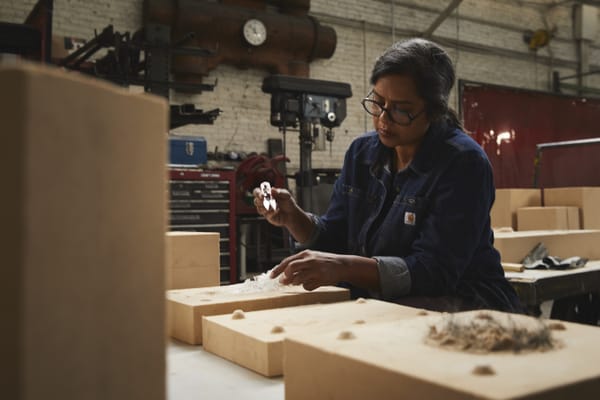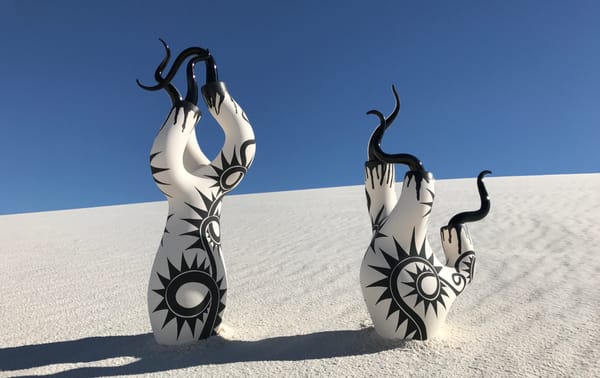The Dark Nostalgia of Tarantino’s Once Upon a Time ... in Hollywood
The movie makes its world of 1969 Los Angeles feel incredibly lived-in, not merely a look back but a transporting experience.
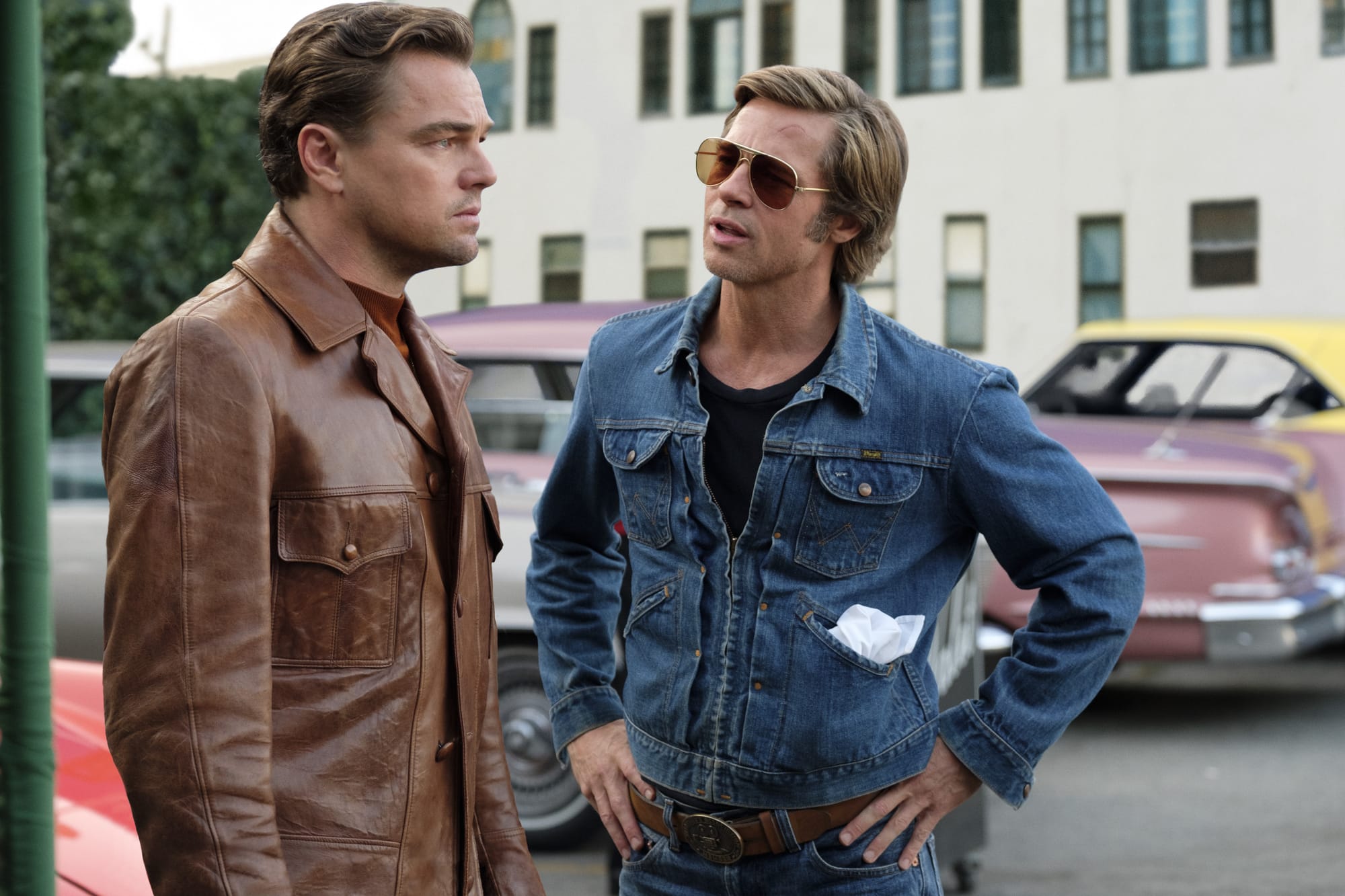
Once Upon a Time … in Hollywood is a period piece so painstakingly constructed that it shames the rest of the genre. Its attention to detail goes beyond the granular into nearly the microscopic, in the process drawing attention to how flimsy the tropes of most other historical films and TV shows are. Where the usual movie may use one or two pieces of advertising to mark its setting, this one has literally hundreds of period ephemera, spread across radio spots, TV, billboards, signs, and more. And almost none of it is anything the casual viewer of today may recognize. It’s a far cry from, say, Stranger Things, in which nearly everything the characters interact with or talk about remains famous today, as if they inhabit a simulacrum sourced from internet listicles. The movie makes its world of 1969 Los Angeles feel incredibly lived-in, not merely a look back but a transporting experience.
Writer and director Quentin Tarantino and his production designers aren’t just showing off the depth of their memory and research, though. The characters in the film are wrapped up in the making of movies and shows destined to become cultural detritus, kept alive today only by the enthusiasm of the likes of Tarantino. Rick Dalton (Leonardo DiCaprio) was the lead of a ’50s cowboy show called Bounty Law, but after a failed bid for movie stardom, he’s had to make do filling guest star roles as the heel of the week on various other shows, such as The F.B.I. and Lancer. With this focus on the also-rans of Hollywood lore, it only makes sense to surround them with artifacts of everything else that falls by the wayside as time surges pitilessly onward.
Rick feels this time passing acutely, as does his friend and longtime stunt double Cliff Booth (Brad Pitt). The two men demonstrate contrasting reactions to their seeming impending obsolesce. Cliff is a model of chill, with Pitt putting his unique, effortless swagger into his every gesture. Rick, in contrast, is a ball of roiling insecurity, lacing stutters throughout his line readings. When he tries to relax and read an old Western paperback on a set, he breaks down describing the plot to his eight-year-old costar Trudi (Julia Butters), seeing himself in the book’s aged cowboy who can no longer break any horse he meets. His rawness is both sympathetic and deeply funny.
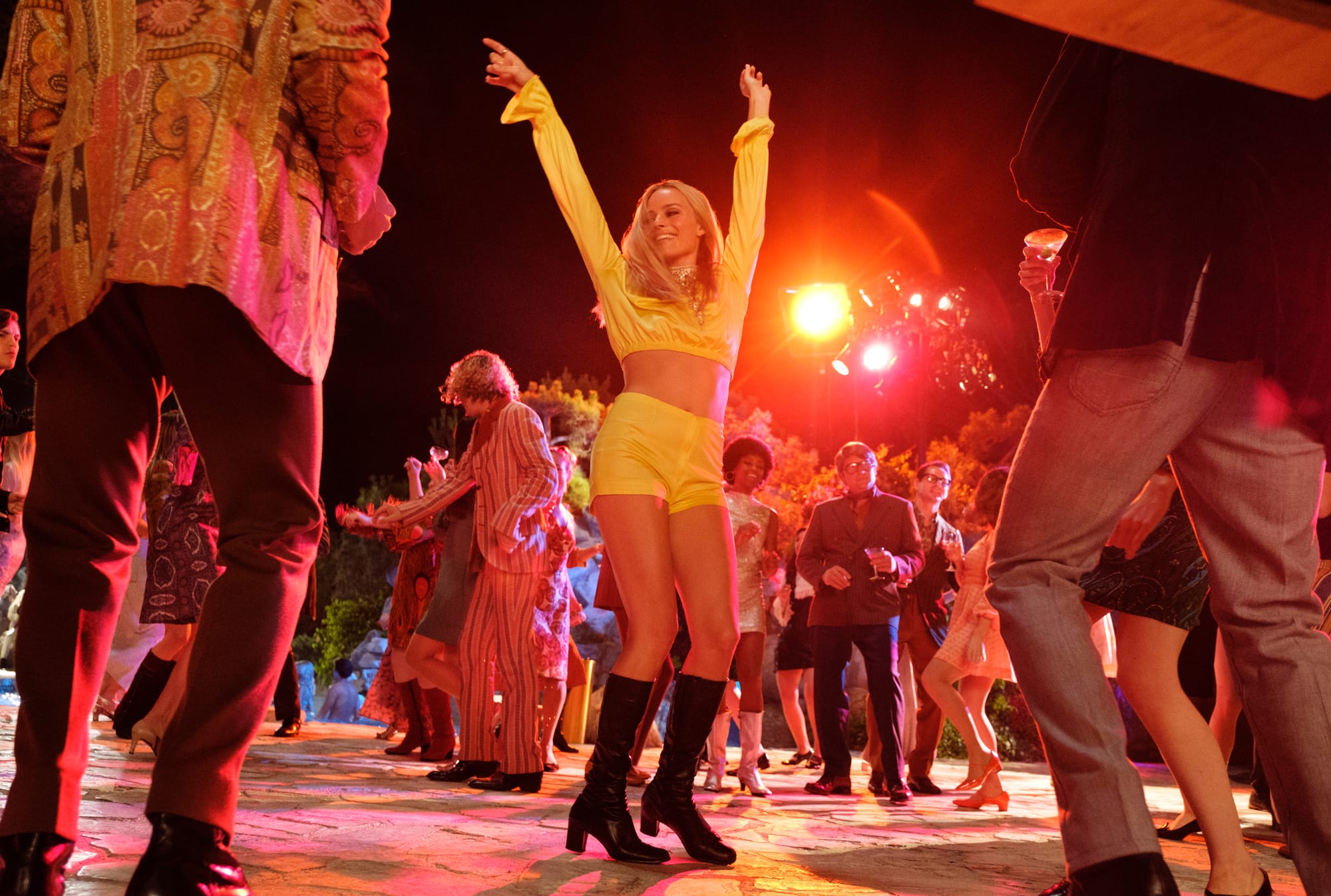
Bit players though they may be, Rick and Cliff occasionally intersect with what’s on course to become legend — namely, up-and-coming actress Sharon Tate (Margot Robbie), who happens to be Rick’s next-door neighbor, and members of the Manson Family. But that sinister context doesn’t much taint the film’s overall leisurely tone. It is, for most of its nearly three-hour runtime, a slice-of-life hangout story, with the bulk of it taking place over a single day. The movie luxuriates in the mundane particulars of labor in the entertainment business; there’s far more scenes of people driving around Los Angeles and listening to the radio than reference-heavy dialogue or violence, contrary to what one might expect of a Tarantino film.
Suitably for a film about performers, it frames itself around how they try to be perceived and then react to actually being perceived. The scenes of Rick on set almost never include shots of the crew, with long unbroken stretches of him and his fellow actors playing at being cowboys. In one sequence, as Rick talks about losing out on the role which ultimately went to Steve McQueen in The Great Escape, his rueful reminiscences are intercut with scenes from the film with DiCaprio digitally inserted in McQueen’s place. When Tate goes to a theater to see her new film — with us in the audience watching her watching herself (or rather, Robbie watching scenes featuring the actual Sharon Tate) — she’s giddy with anticipation for her big moments, waiting to see how the audience will react, then reveling in the gratification of their laughs and cheers. It’s a beautifully humanizing moment for Tate, normally viewed as an almost archetypical victim, a figure of pity in innumerable true crime or exploitation tales. Among many other parallels drawn between her rising star and Rick’s fading one, we also see him well up with disproportionate emotion when Trudi tells him he’s pulled off the best acting she’s ever seen.
With Rick and Cliff embodying the past and Tate the future, Once Upon a Time … in Hollywood muses on the wistfulness of transitional periods in culture, as the excitement of the new inevitably means some of the old must be tossed out. That nostalgia is tinged with darkness, though, and not just because of the Manson clan. Cliff can’t find work because most of his colleagues believe he murdered his wife and got away with it. There’s a flashback-within-a-flashback to the fateful day, with her incessantly nagging Cliff on a rocky boat while he prepares to scuba dive, a harpoon gun sitting precariously on his lap, pointed in her direction. The scene ends before any bloodshed, intentional or not. This backstory gives the stuntman, in many ways an idealized tough guy, a hint of menace, and a queasy underpinning to his easygoing nature.
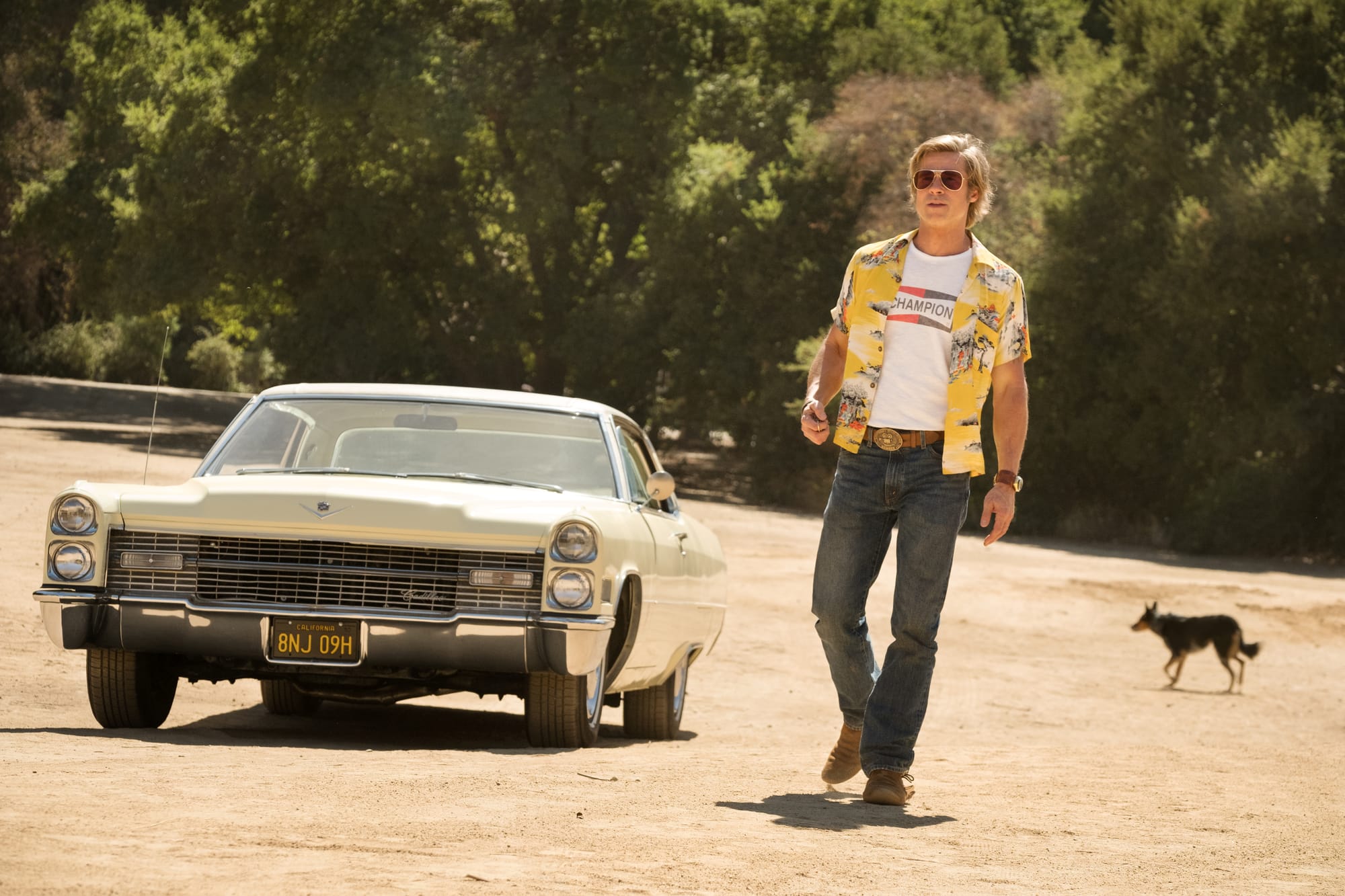
The ending of the film (spoilers here, obviously) invokes this violence to shift history. On the August night when the Manson family members are “supposed” to murder Tate and some of her friends, a chance encounter with Rick leads them to instead target his house. But Cliff and Rick (with a lot of help from Cliff’s dog, Brandy) turn the tables, gruesomely killing them. The movie, having accrued a lot of tension building up to this moment with some meticulous recreation of the timeline of the real night, here breaks out into a full-blown cartoon, with ridiculous injury inflicted upon the intruders. It culminates in one of them surprising Rick in the pool, which he responds to by dashing into his shed, grabbing a fully fueled flamethrower he’s kept from an old movie he did, and roasting her, no questions asked.
The catharsis of historical revision is muted here compared to in Inglourious Basterds or Django Unchained, both intentionally and not. Despite their becoming the kind of heroes they’ve played on TV for so long, the film makes clear that this is the end of Rick and Cliff’s friendship, as they’re still set to part ways professionally. The film only halfway earns this bittersweet note, though, playing it perfectly but bringing it after the movie has the two apart for most of its time, not selling their supposed bond as well as it could. There’s a lovely scene where the two watch TV and crack lame jokes, but it almost seems as if audiences are meant to impose their own idealization of male friendship, based on their identification of Pitt and DiCaprio with their personas and signifiers like cracking open cold ones together. Tate is saved, but the movie plays this off by having her remain almost ethereal, inviting Rick to come up to her house for drinks over her gate intercom, their meeting tracked through a rising camera movement, as if his walk up her driveway is an ascent to heaven. Yet the impact of this is lessened as well, since Tate is a cursory presence in the film, her wonderful theater scene aside.
Once Upon a Time … in Hollywood is stuck in this odd in-between. It surveys this era and then drastically upends one of its key moments, but fumbles in pulling meaning out of doing so. Untangling it is difficult, because that ambiguity is in many ways built into the movie. The Manson murders are popularly seen as simultaneously ending the feel-good vibes of the ’60s and the vestiges of Classical Hollywood, but what if you don’t subscribe to that view? The movie certainly doesn’t bother to articulate the Manson Family’s whole deal, reducing them to dirty hippies. But if they can be made into ciphers for everything which supposedly caused this period in Hollywood to end, then so much the better for the film’s purposes.
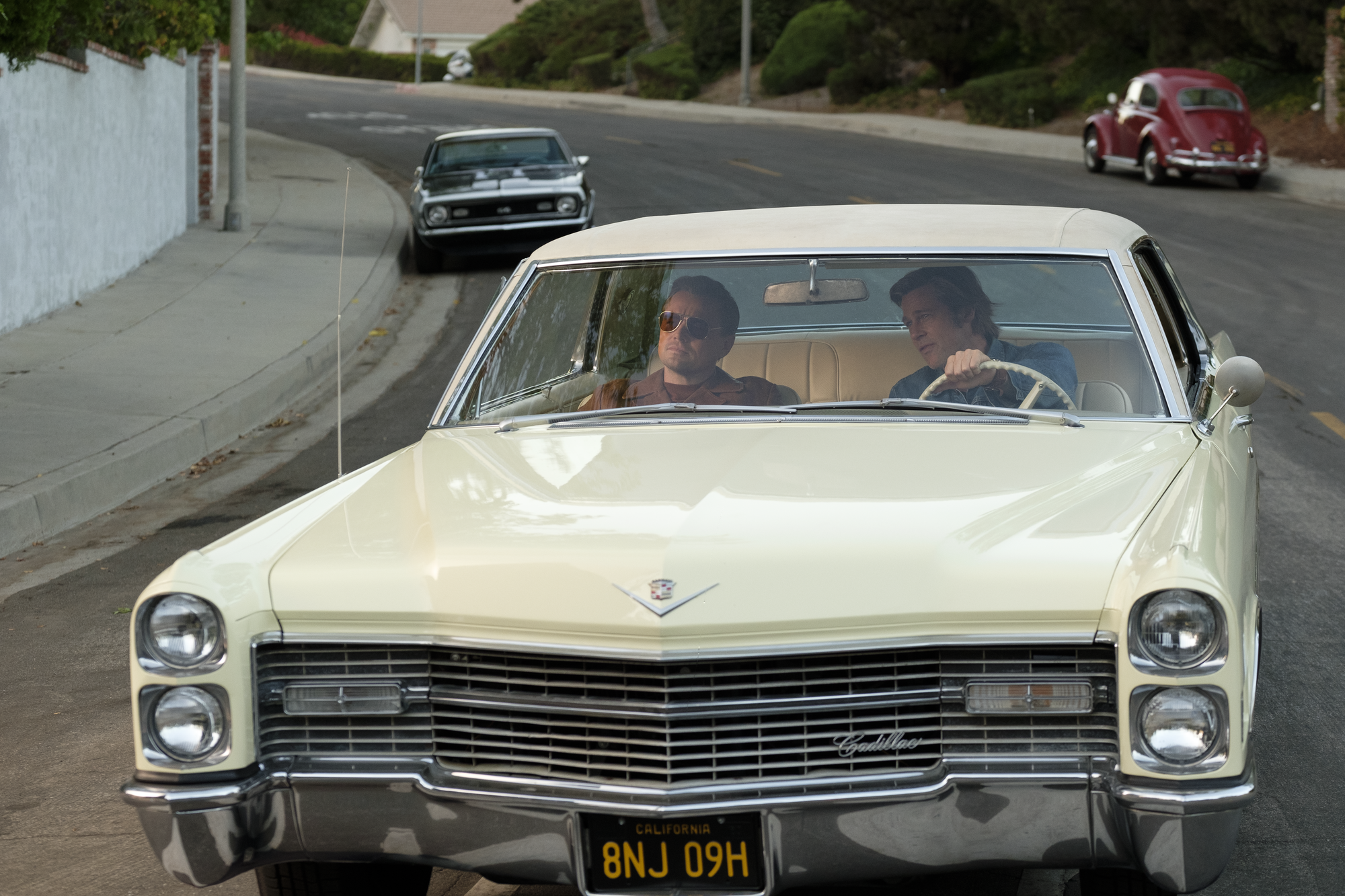
Once the movie punishes the Mansonites for ruining the ’60s, it’s a supremely one-sided fight, the fantasy of every would-be tough guy secretly itching for someone to try something, anything. That’s one of several concrete ways one can read a reactionary streak in the film, all against the backdrop of its general subtext longing for a bygone time. Tarantino is too smart to make this all that clear-cut, though. He refuses to paint a wholly rosy picture of 1969. The question of whether Cliff is a cold-blooded murderer muddies any idea of him being heroic. And it brings the “fighting the home invader” fantasy fully into absurdity with that flamethrower.
The movie Rick got the flamethrower from was a schlocky war actioner in which his character uses it to kill a roomful of Nazis (“ANYBODY ORDER FRIED SAUERKRAUT?”). The early scene in which we see this serves quadruple duty — demonstrating the level of movies Rick was able to get roles in, setting up a Chekov’s gun, referencing the exploitation film landscape of the time, and, of course, also recalling the similarly revisionist ending of Tarantino’s Inglourious Basterds. In that film, the movies win World War II. In this one, the movies save themselves. Or maybe just save Sharon Tate. Once Upon a Time … in Hollywood exists suspended in this kind of ambivalence, its narrative and thematic shagginess both the source of its greatest pleasures (I haven’t even gone into how great Brandy the dog is) and its frustrations.
Once Upon a Time … in Hollywood is in theaters now.


